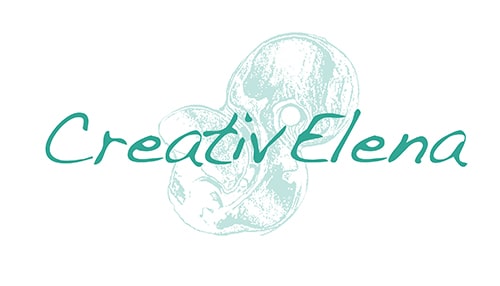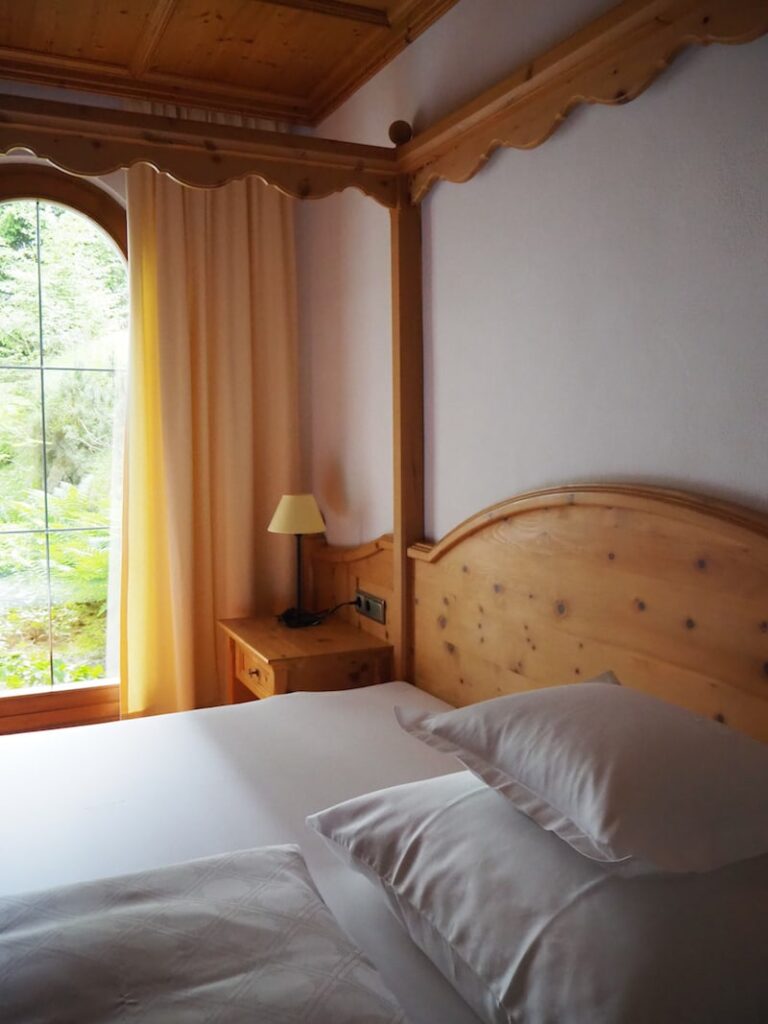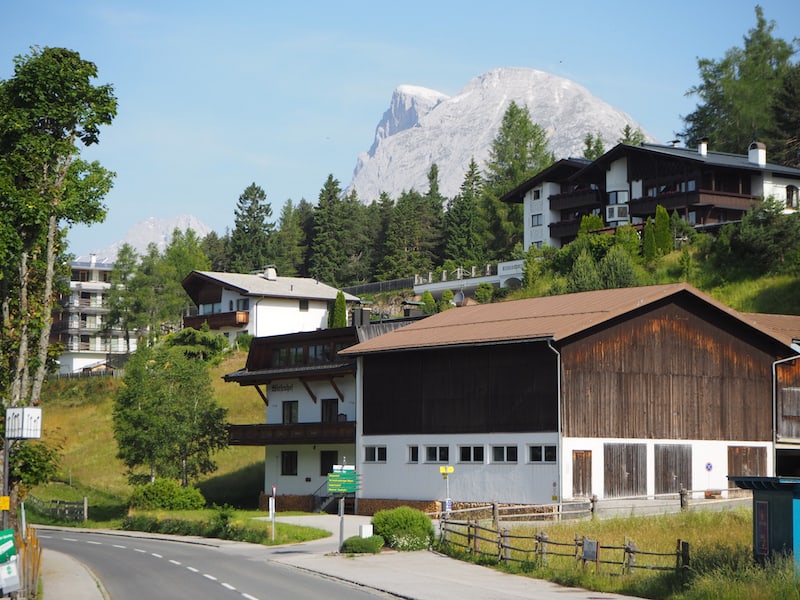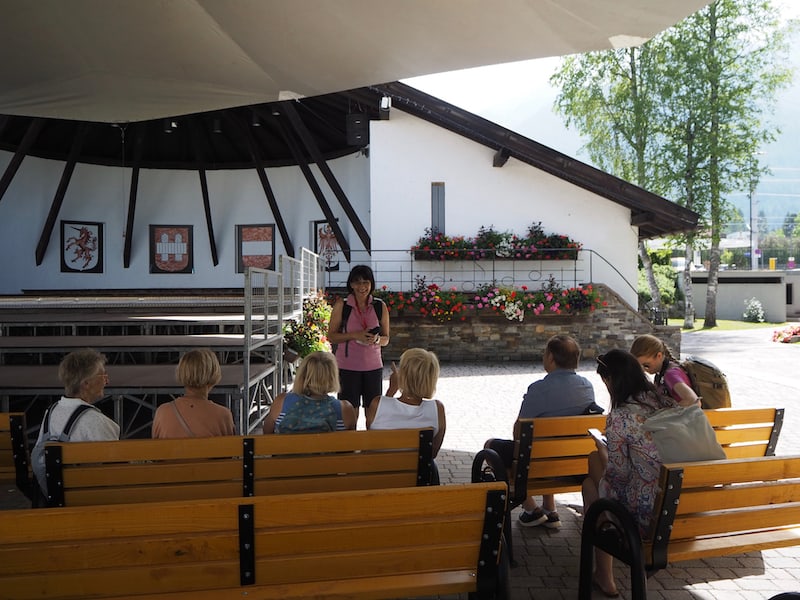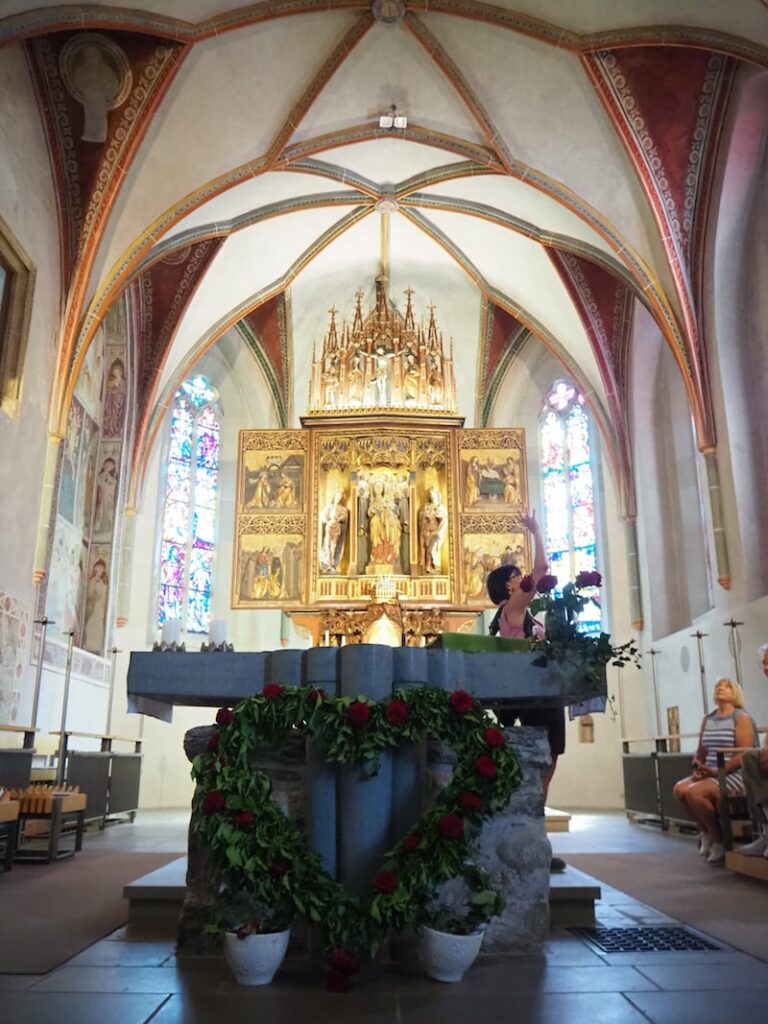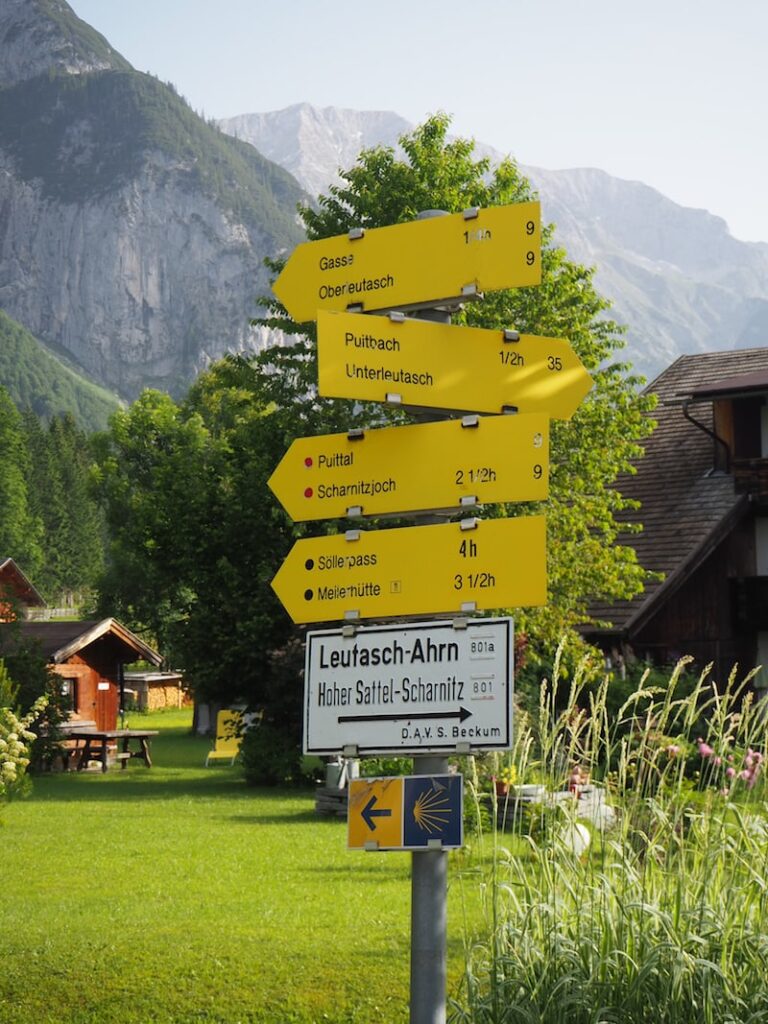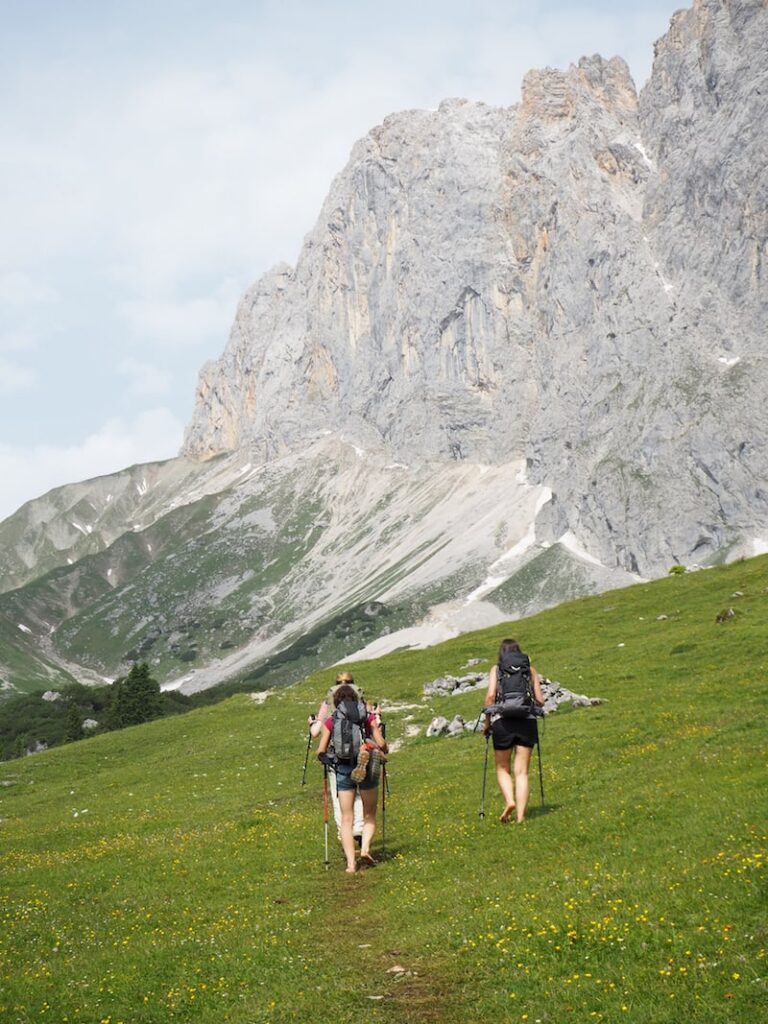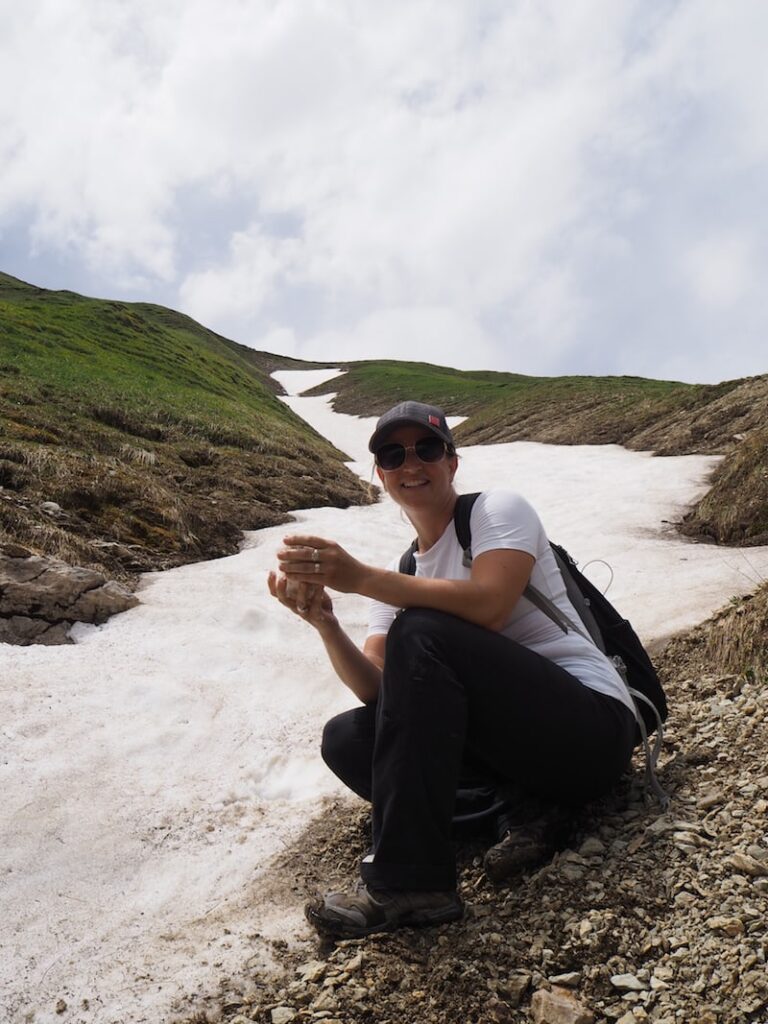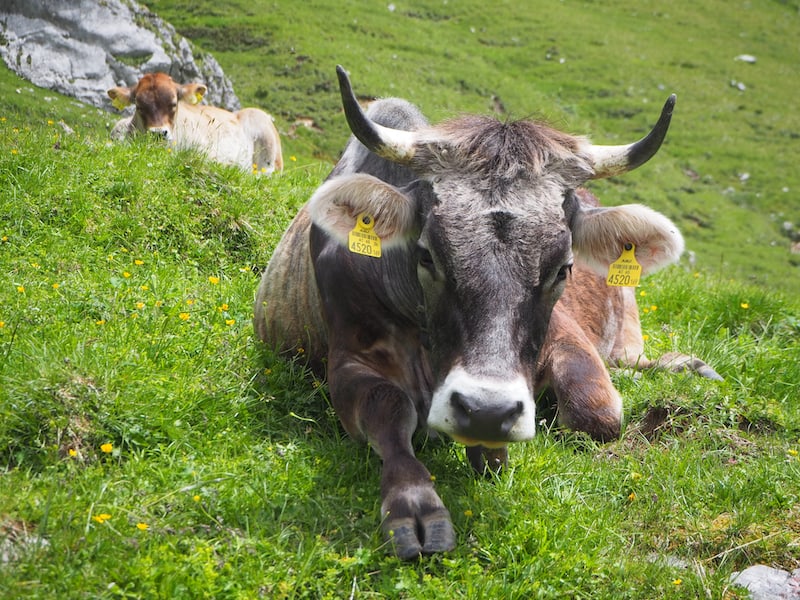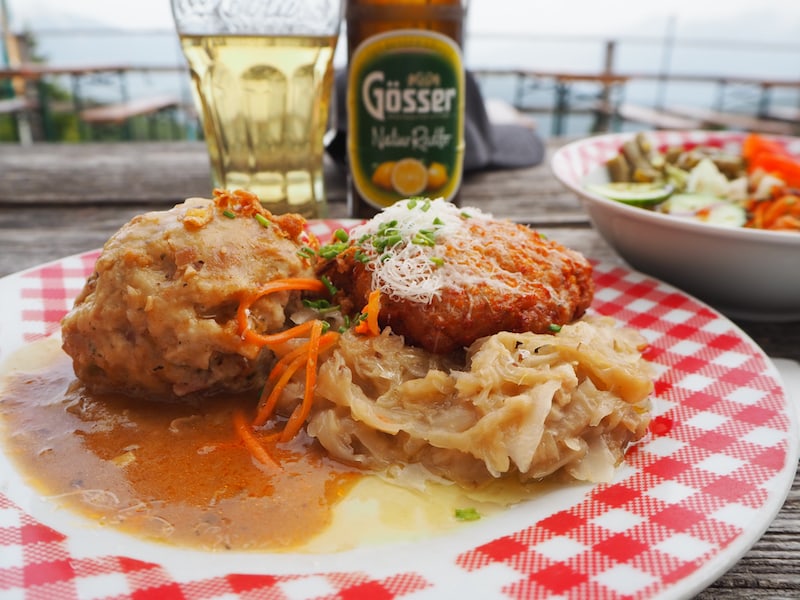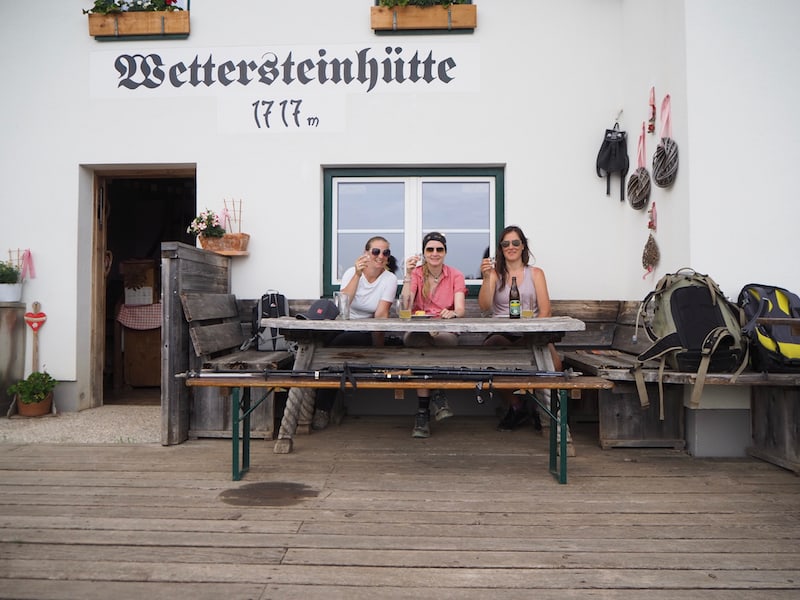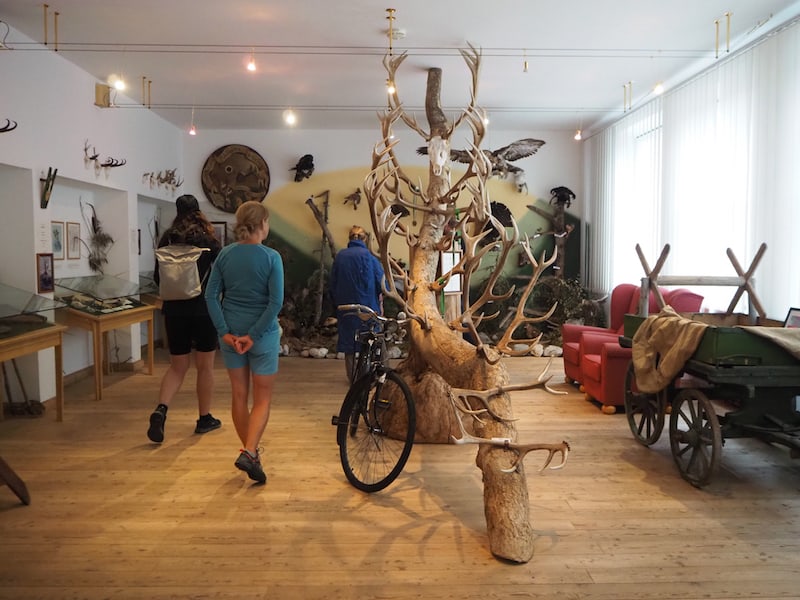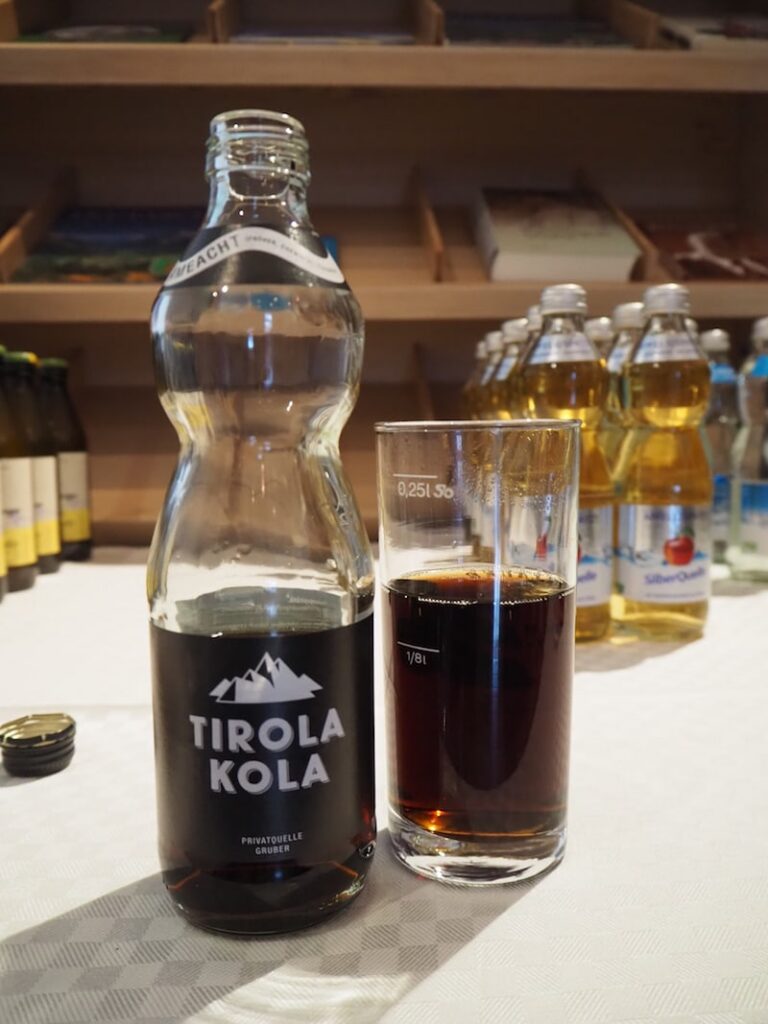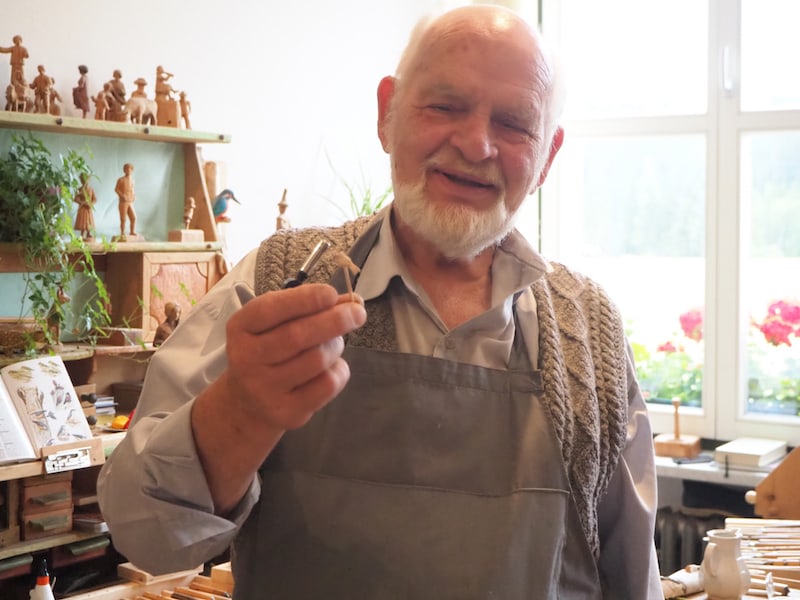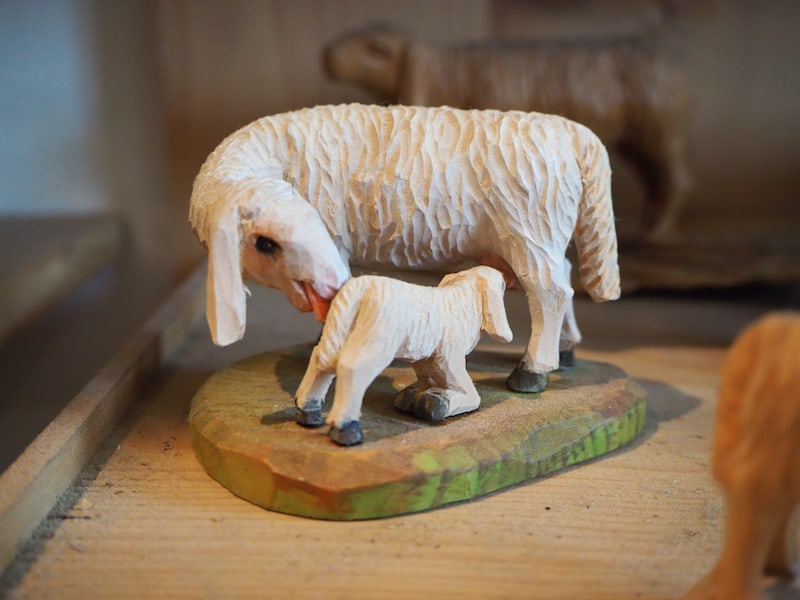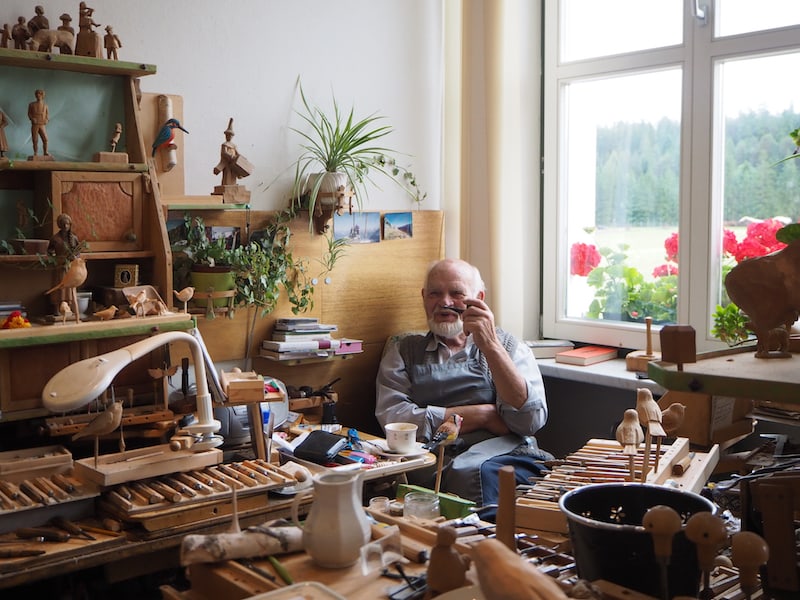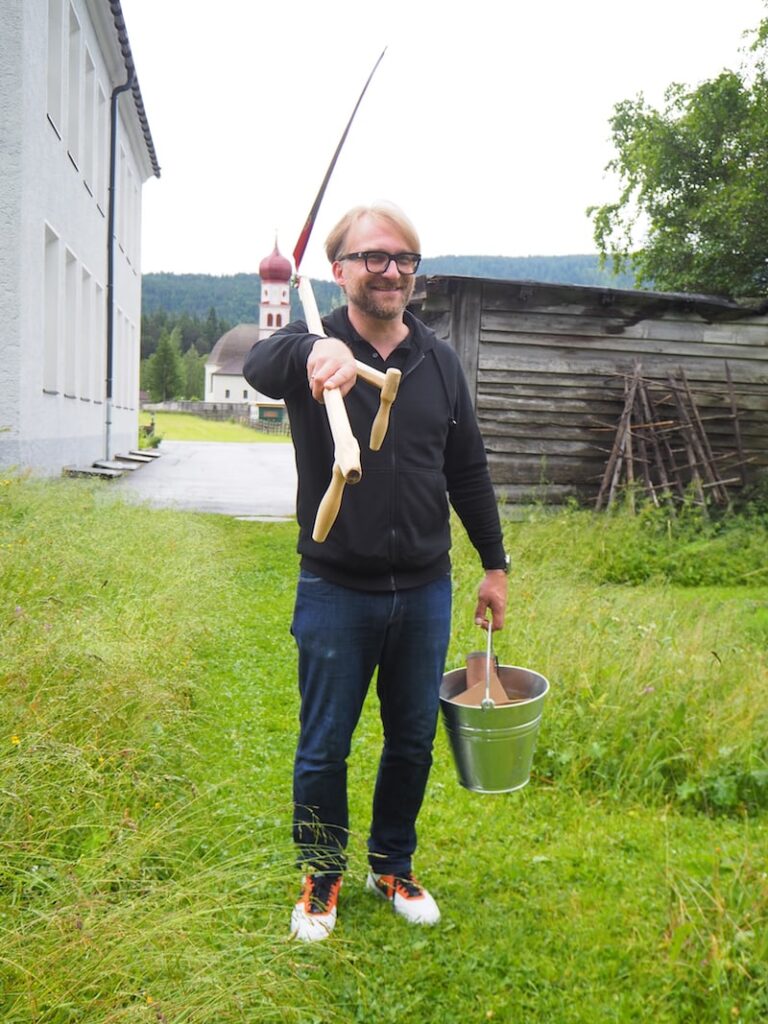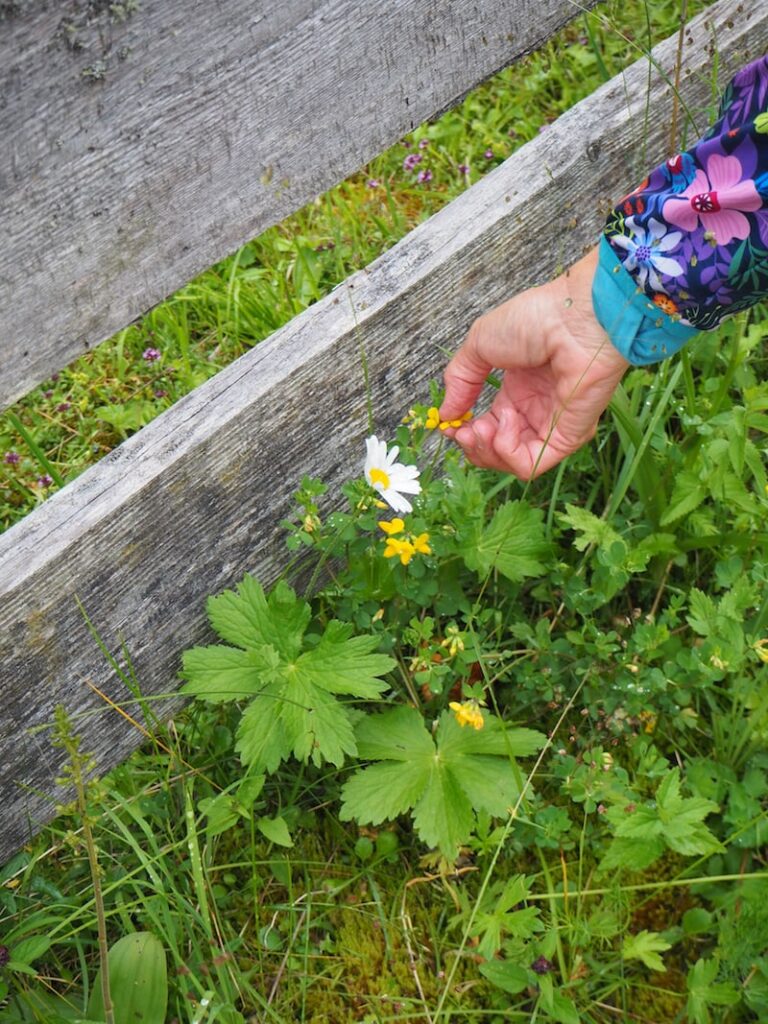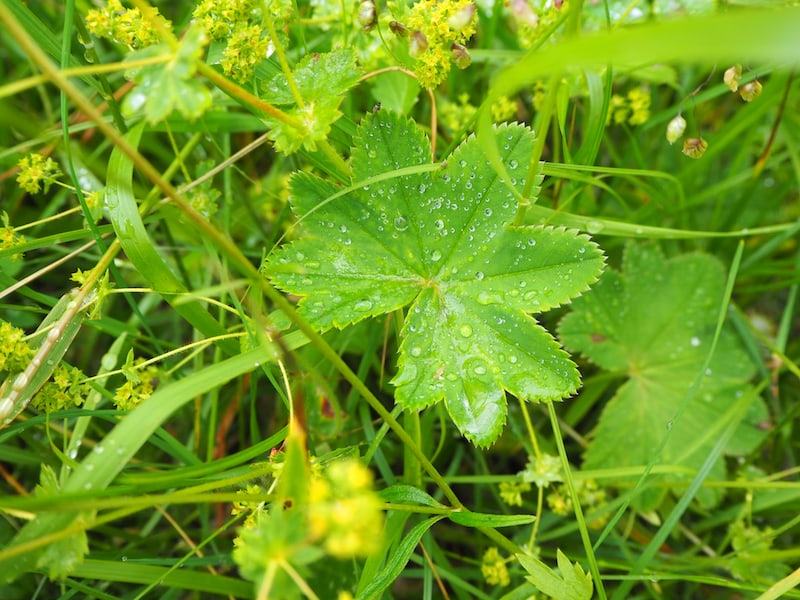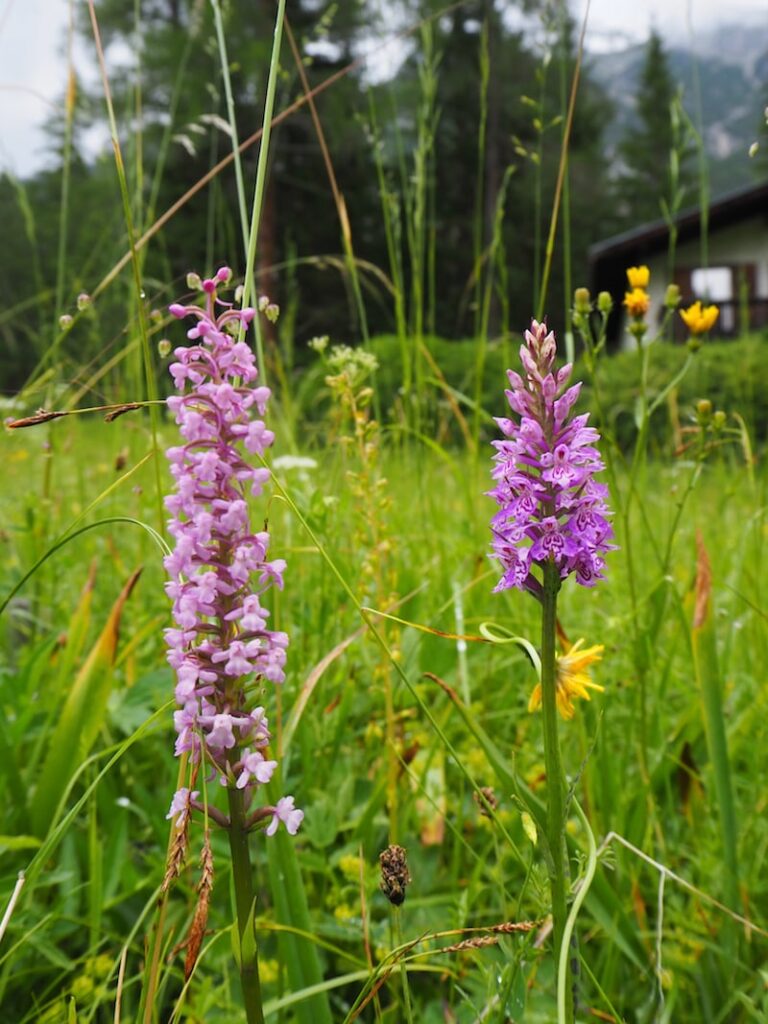Just “behind”, or rather “above” Innsbruck (600 metres higher than the capital of Tirol in the Inn Valley), we have come to travel to #TirolsHochplateau at around 1,200 metres above sea level. I have to admit: Although I’ve been to Tirol many times, the Seefeld region has remained a blind spot to me. Until now, that is: We are here to share our impressions about Austria’s first travel destination to be awarded with the national eco-label. So what does this mean in terms of green travelling, you may ask?
“You can’t get this prestigious eco-label award on your own, neither as a municipality nor as a destination management company. It is awarded to the region as a whole, and only when all stakeholders succeed in working together”, I quote the managing director of the Region Seefeld, Elias Walser (read more about it here).
He is absolutely right. It is precisely this ethic of “working together” that I also feel during my stay. Whether it’s talking to our charming host Kathrin Holzer, at the Hotel Lärchenhof Natur, chatting to farmer Simone Neuner at the Wirtseppeler Farm, or learning more about the area and its history from cultural advisor Robert Krug at the local Ganghofer Museum: they all emphasise that together we really can achieve more – and that sustainability is not just green talk, but true practice in the Seefeld region.
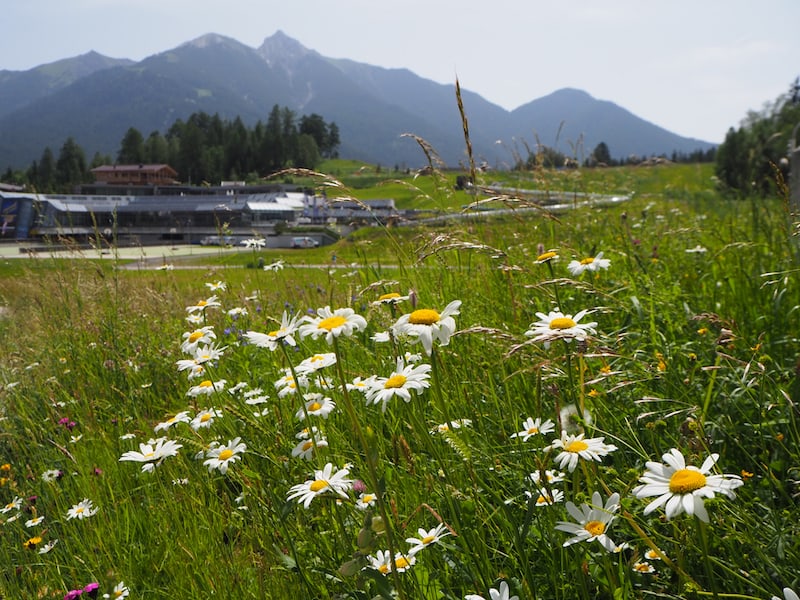
Seefeld: A trend-setter in taking on the extensive audit process for the Austrian eco-label. Hopefully many more regions are inspired to follow through with the same sustainable travel strategy.
Sustainable, slow travel: Visiting “Plateau pioneer” Kathrin Holzer at her family-run Hotel Lärchenhof Natur in Mösern, Region Seefeld.
So what does the award of the Austrian eco-label mean in terms of our travel experience? We ask Kathrin Holzer, our local host at her family-run hotel in Mösern, just a few kilometres outside of the main town of Seefeld. Thanks to excellent public transport connections (regional trains connect Seefeld with Innsbruck and ICE trains in Germany, well-timed local buses then take you almost anywhere you want to go), we arrive at the Hotel Lärchenhof Natur in Mösern in no time, quickly and easily.
Kathrin is a so-called “Plateau pioneer”, a local title of excellence in sustainability. Her family-run Hotel Lärchenhof Natur is considered a regional model for sustainable business practices. She too has applied for becoming certified with the Austrian eco-label; like the region itself, she is committed to a comprehensive sustainability concept for her business.
But what is more important (at least to us) : Kathrin is simply a wonderful, personal host who has many tips at the ready, whose natural pond we love and whose healthy breakfast buffet is simply a dream for any active traveller. On the second day of our trip, she volunteers to join us on a hike in the Puittal valley, which she describes as paradise (it’s true). Before that, however, we have to “go up” to Lake Mösern: A natural jewel that lies less than 10 minutes behind Hotel Lärchenhof Natur and refreshes us as soon as we arrive.
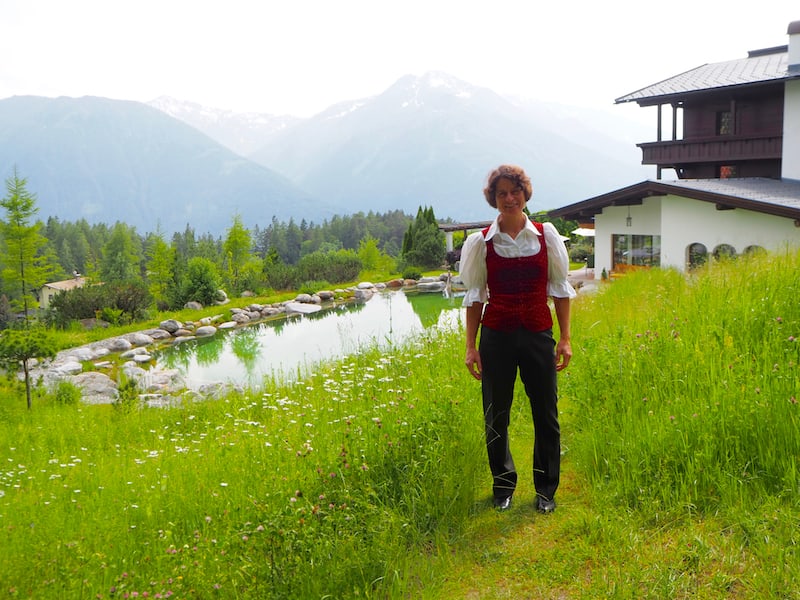
Arrive, revive: Our host Kathrin Holzer shows us around her hotel, here with a view towards the natural pond (wonderfully refreshing) and the Inn Valley in the background.
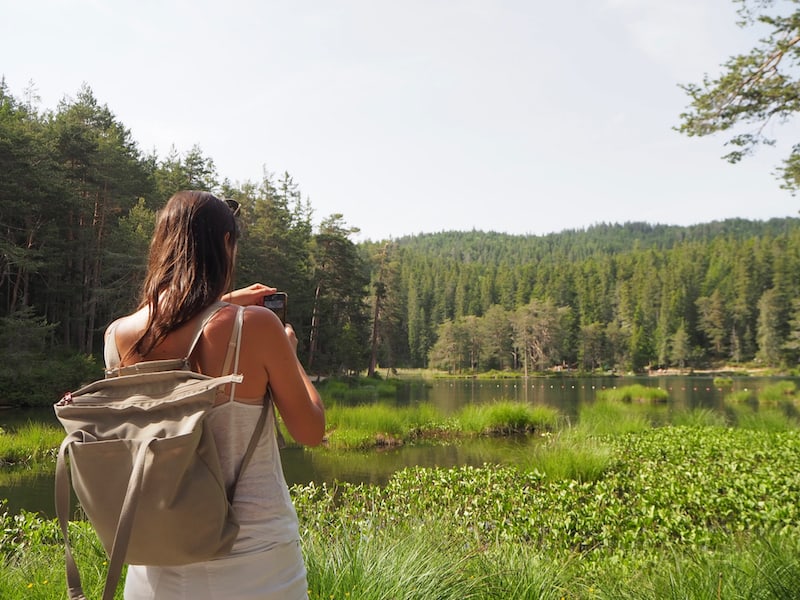
… as well as the possibility to go for a swim at any time: Lake Mösern is just a few minutes up the mountain from the hotel, an easy and refreshing forest walk away.
Seefeld: Tuesday market, guided walking tour and exploring Lake Seefeld.
As we are all new to the Seefeld region, we book a guided village walk through Seefeld. Alexandra, our guide, tells us a lot of interesting facts about the history of Seefeld itself, as well as the high plateau long known as the Seefeld Olympic region.
So here’s the thing: The Region Seefeld, consisting of the five municipalities Leutasch, Mösern, Seefeld, Scharnitz and Reith, may be surrounded by high mountains and rocky peaks, but is itself rather gentle – a high plateau, so to speak. More hilly than mountainous, more green and gentle, than high alpine. A interesting mix for sure!
We also enjoy the culinary discoveries at the Tuesday market and right next door, at Tre.Culinaria Delikatessen and the Bräukeller Grill + Veggie. All absolutely recommended when you’re in Seefeld.
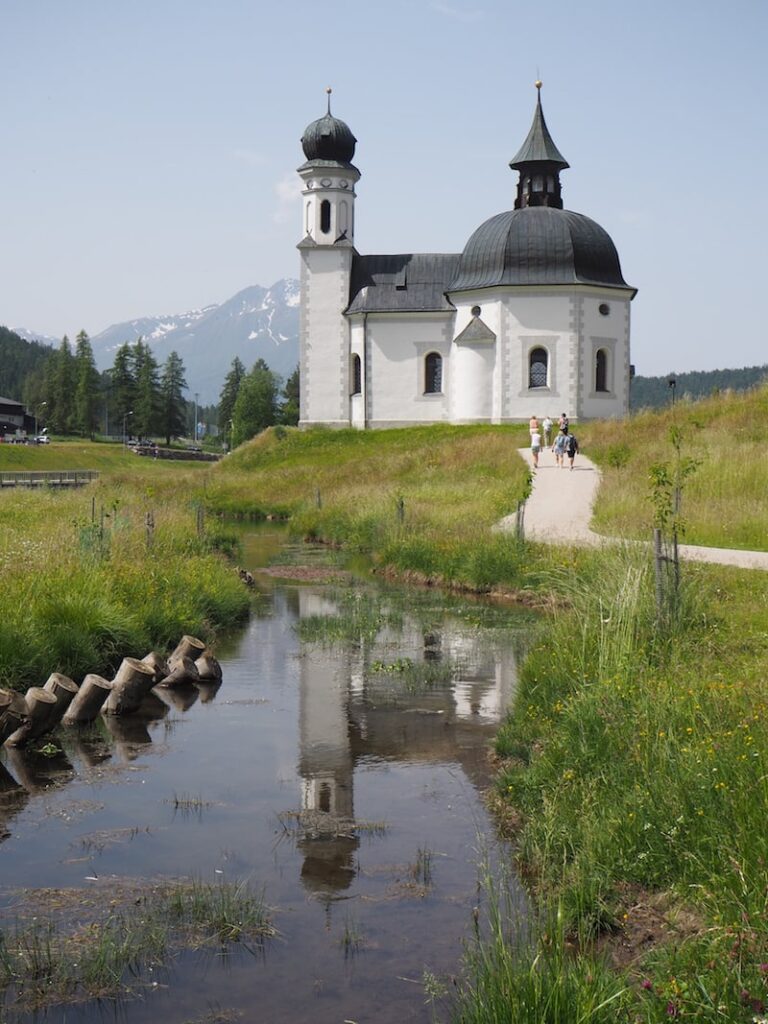
… as well as the very pretty small church “Seekirchl” a little outside from the main village centre …
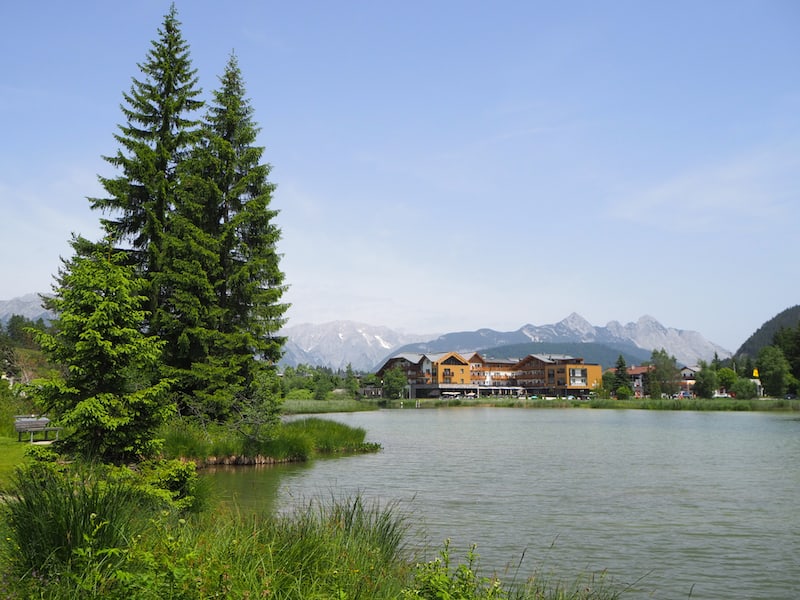
… we follow her tip to do a loop around Seefeld Lake: It takes about an hour including a Kneipp facility, a few information boards and tame little squirrels (!) to sweeten the route.
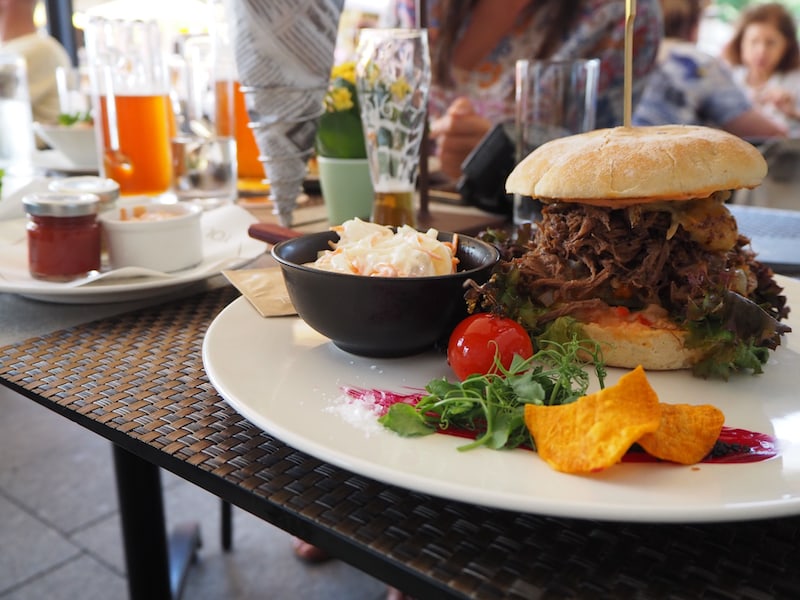
Afterwards, grab your bite at the Bräukeller in Seefeld, which offers not only this excellent pulled beef burger but also lots of vegetarian meals, as well as very good beer.
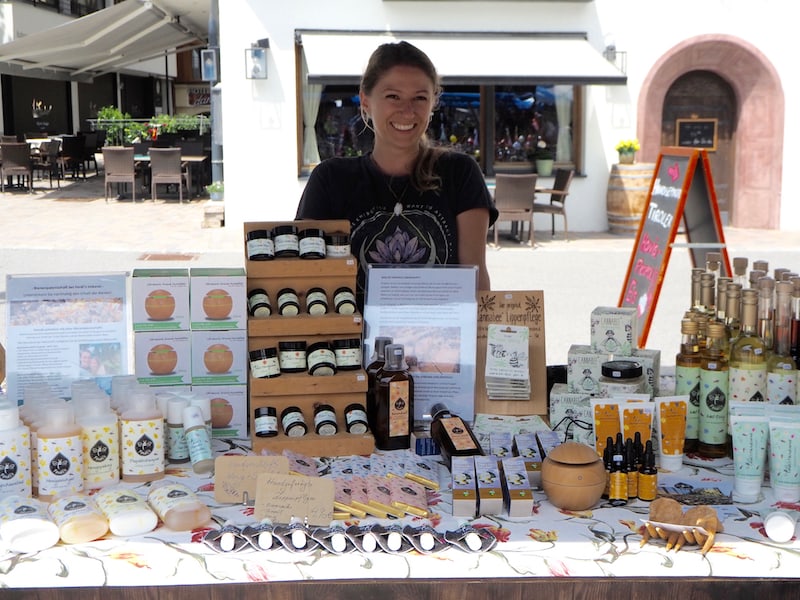
If in Seefeld on a Tuesday, be sure to visit the small but nice Tuesday market. We meet with charming Ramona Schot from Ferdi’s Imkerei – Tiroler Bienen honey producers. All my boys young and older love it for breakfast at home!
Puittal valley hike: High up at #TirolsHochplateau .
“If you walk through here, you’re in paradise”, says Kathrin Holzer and opens the wooden door on the pasture fence in front of me. I mean, wow – she is right! The forest, the valley left behind after the initial climb, the unfolding high valley in front of us and above it only … peaks, clouds and sky. Mixed in with a few happy cows, squealing foals, Haflinger horses, sheep, ibexes, marmots, swifts and maybe, some other hikers.
So up here, at last, one is very close to paradise. No noise. No mobile phone reception at some times (which can be a good thing). Just you, and nature in all its mountain glory. The possibility to hike barefoot (now that’s always paradise for me).
Check this out.
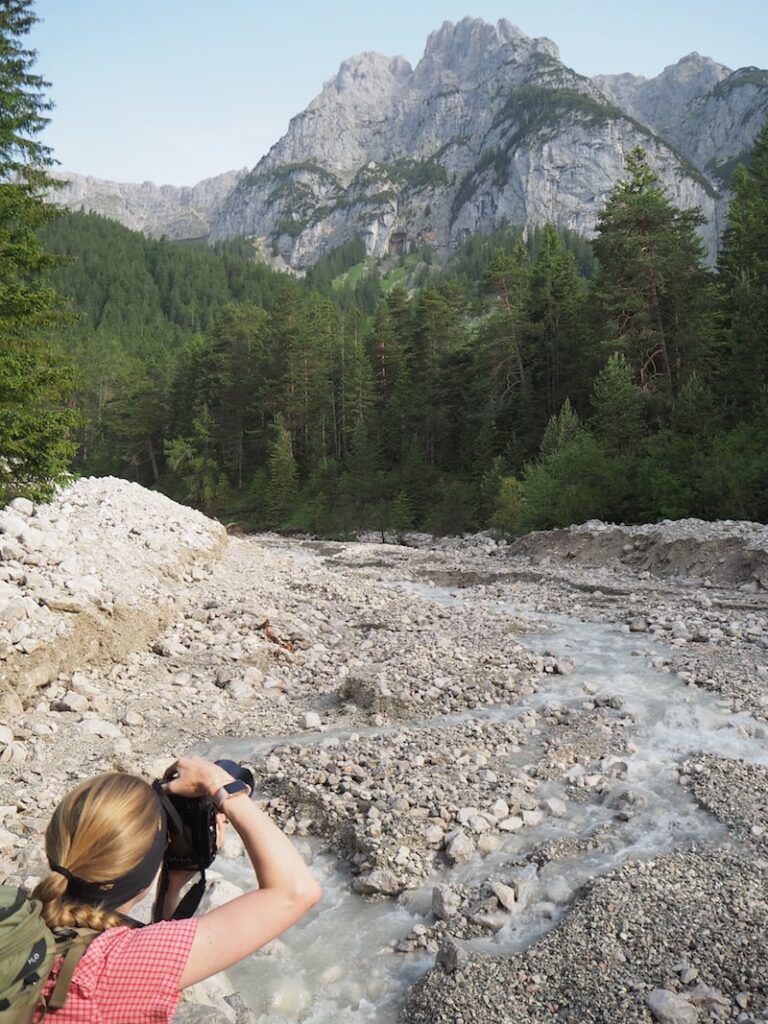
… climbing up through the forest does take some effort, so please don’t forget to take some breaks …
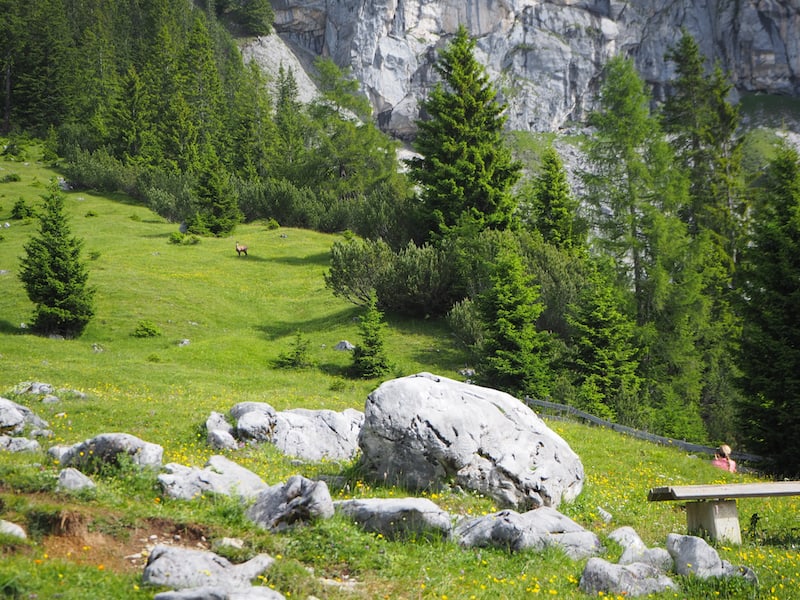
… but once you arrive and leave the forest behind, you may even spot a posing ibex, such as Lisa here …
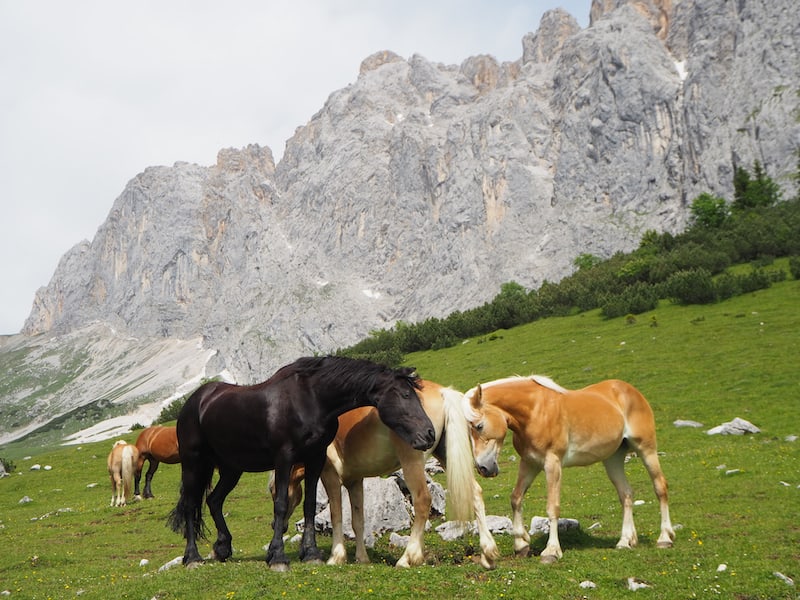
… hiking past cows or even horses, such as these ones here (please keep a respectful distance to any freely roaming animals in the high alpine pastures) …
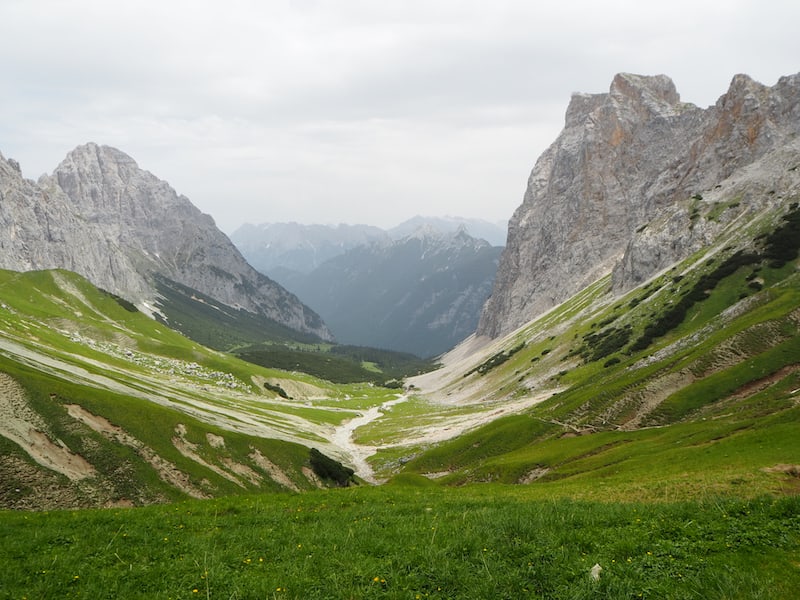
The view back across the Puittal high valley, before starting our descent towards the Wetterstein hut …
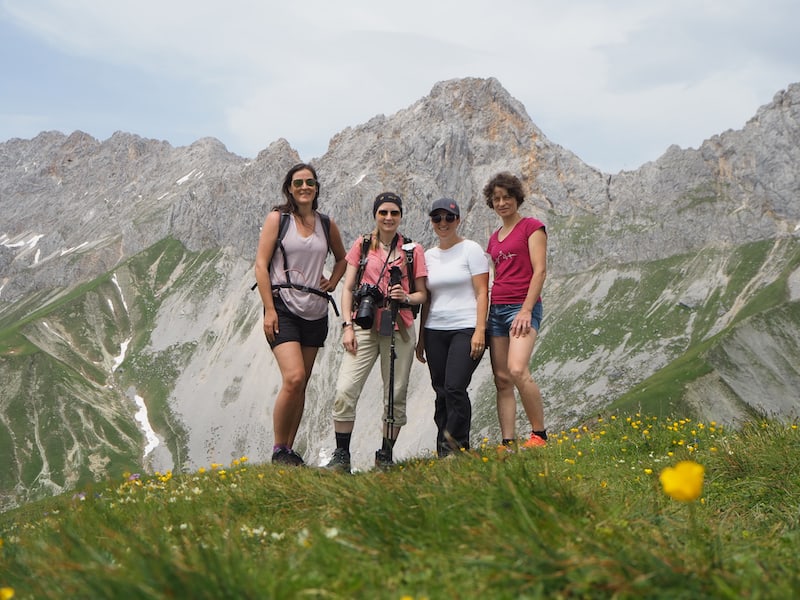
… not without taking this picture: From left to right, Christina Leutner, Lisa Stelzel, myself and our local mountain host and hotel owner Kathrin Holzer.
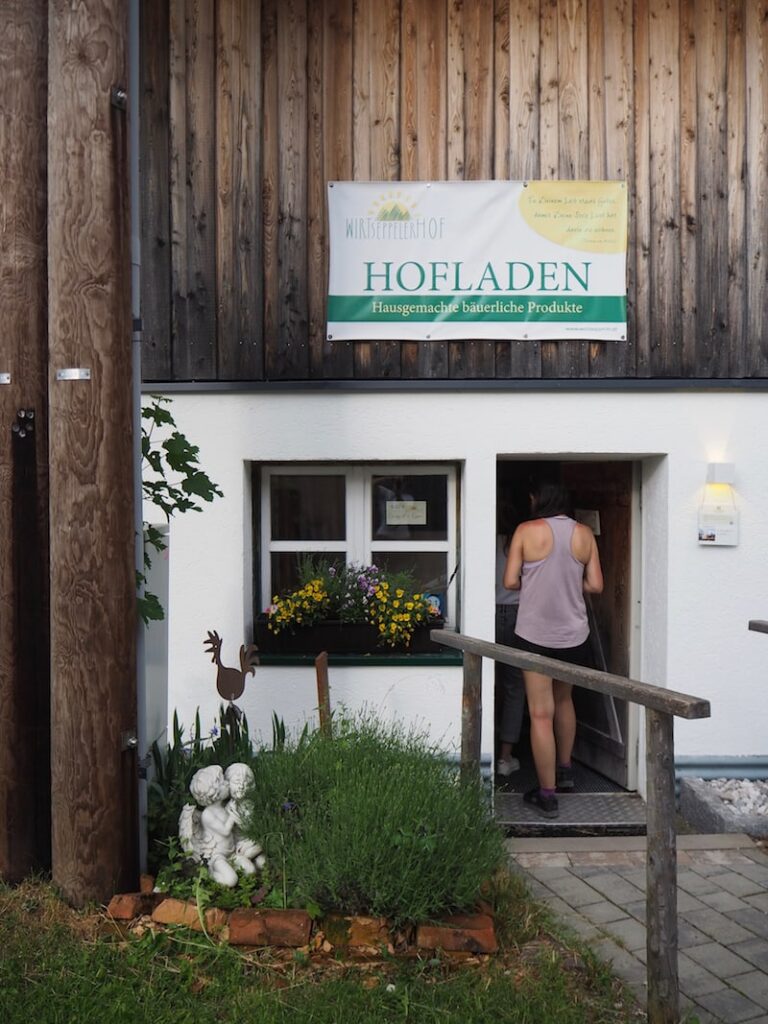
After the hike, you can visit the nearby farm shop of the Wirtseppeler Farm run by local farmer Simone Neuner. Good to know: The self-service farm shop is open from 6.00 a.m. until 10.00 p.m.
Learn more about the history of the Region Seefeld at the Kulturhaus Ganghofer Museum, as well as during a Leutasch flower hike.
Actually, we “only wanted to go to Leutasch for the flower hike”. But then, it starts to rain just at the beginning of the tour. So we decide to “wait it out” at the nearby Kulturhaus Ganghofer Museum in Leutasch, the meeting point for the hike. Robert Krug, who is the cultural advisor there, is delighted to receive us. He gives us a spontaneous tour through the museum, which is dedicated to the German author Ludwig Ganghofer who spent many years here in Leutasch.
The building, an old village school, is not only home to exhibits belonging to Ludwig Ganghofer and his family, or those on flax processing which used to be typical here. You can also meet a truly outstanding local: Hermann Klocker, more than 80 years old, is renting out a room to carve away in the typical Tyrolean fashion, an art he practices since he retired.
Once we can tear ourselves away from him and his wonderfully pine-scented room, Robert Krug gets out the scythe. He regularly holds scything workshops in the museum garden behind the Kulturhaus Ganghofer Museum. We are also allowed to lend a hand – it’s not as easy as it seems!
The garden behind the museum also informs us about the “plateau product” potato: five new potato varieties are cultivated here, which are soon to be found on the menu of the Seefeld region.
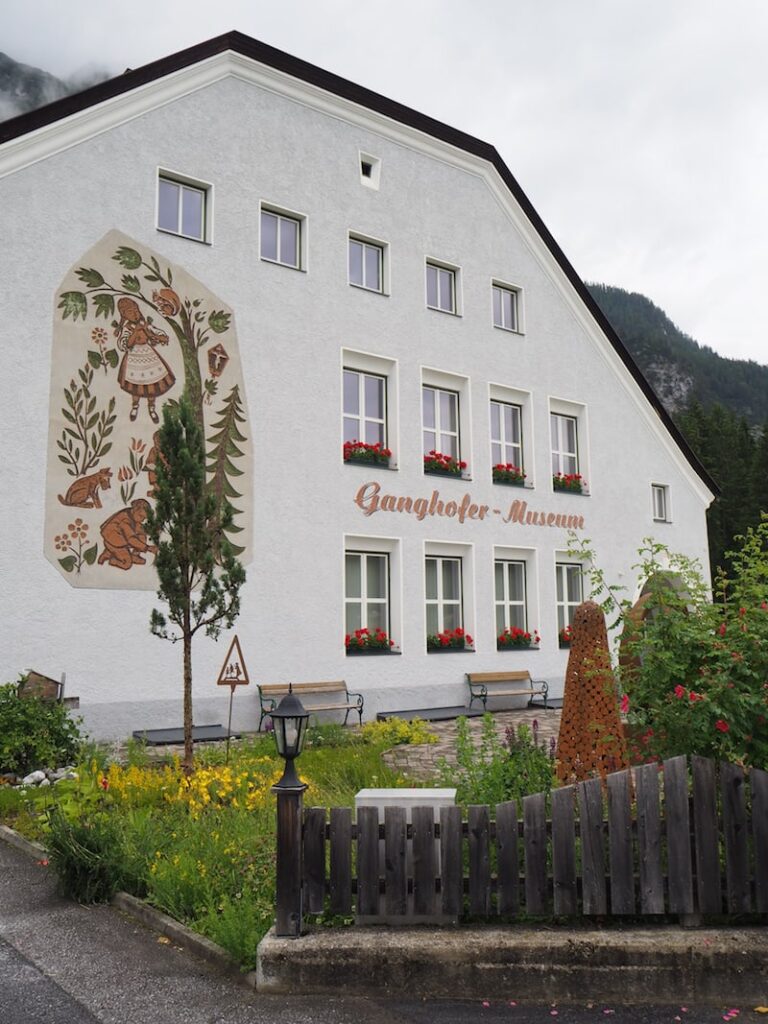
The Ganghofer Museum in Leutasch is dedicated to the famous German author Ludwig Ganghofer, who spent many years living in Leutasch in the 19th century …
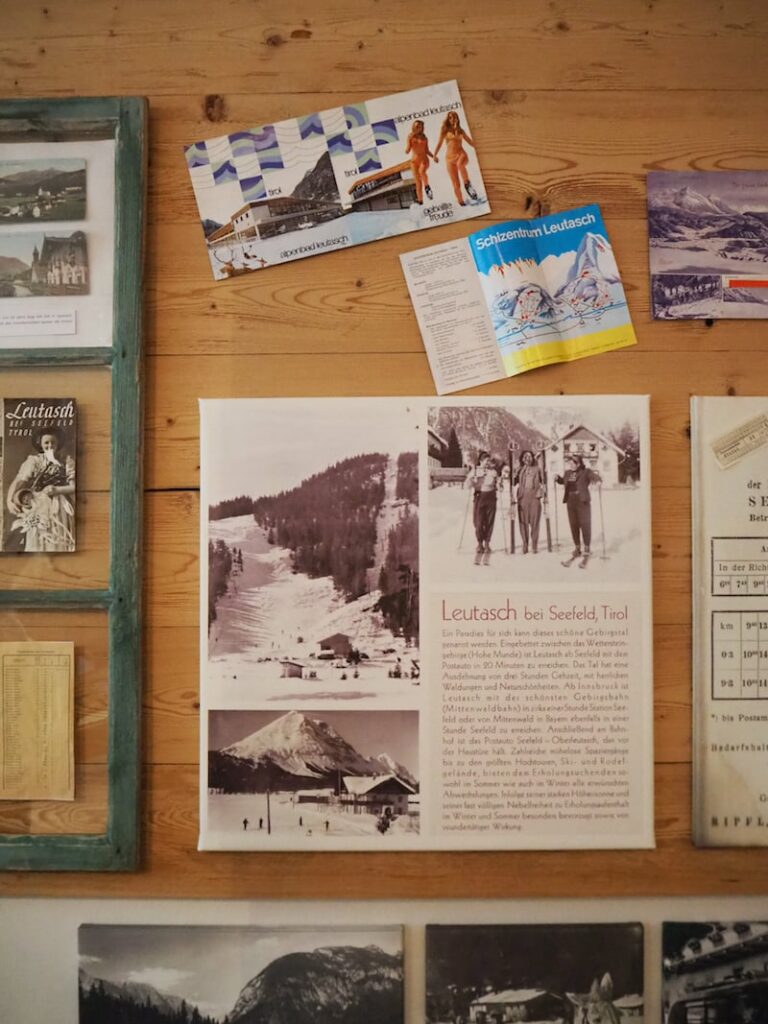
… and I especially marvel at exhibits that tell about the “early storytelling messages” from Seefeld, and Leutasch.
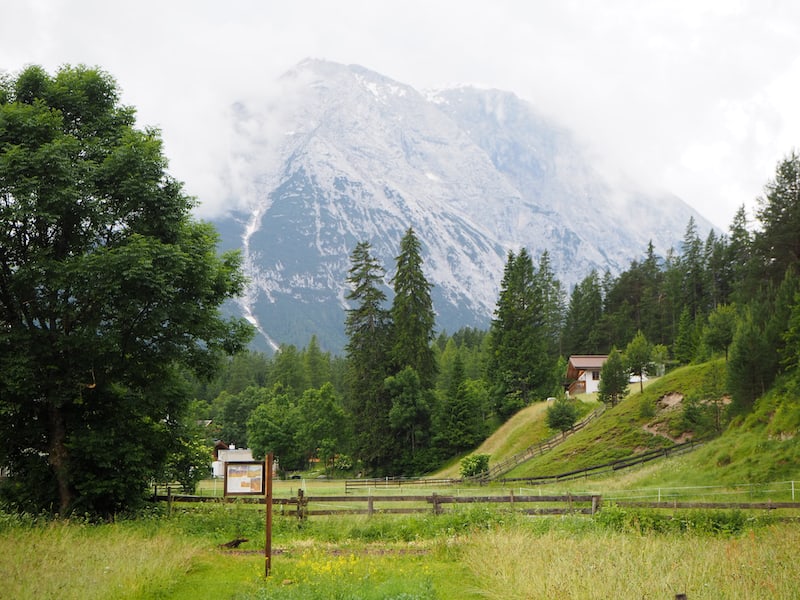
… inviting us to practice near the museum gardens with a fascinating view over the nearby mountain range.
So finally, after learning all there is to know from Robert, we do get on a short flower hike still. Even though some of the meadows have already been mowed down, the walk towards the “Obere Wiese” (Upper Meadow – nomen est omen) is definitely worth your while. Wonderful to see what is blooming here now, at the beginning of summer!
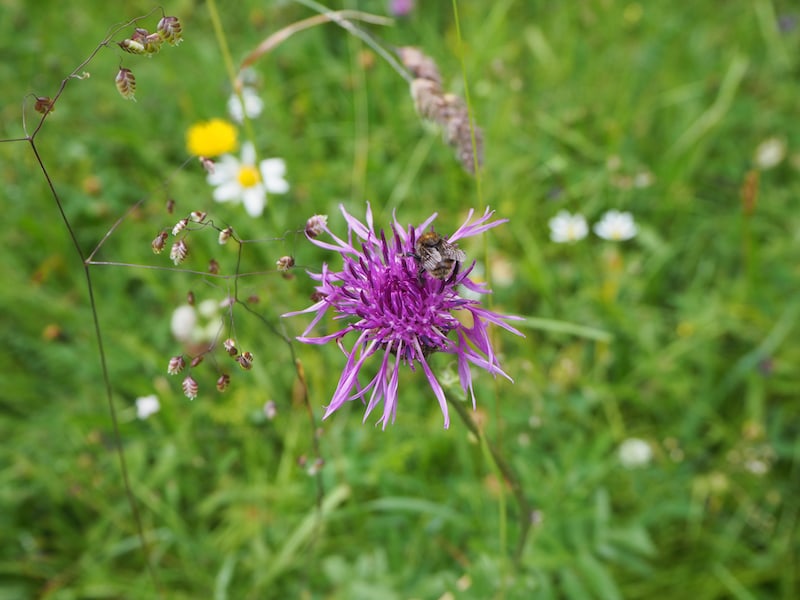
… and many more typical alpine flowers that tell us all there is to know about the natural environment here.
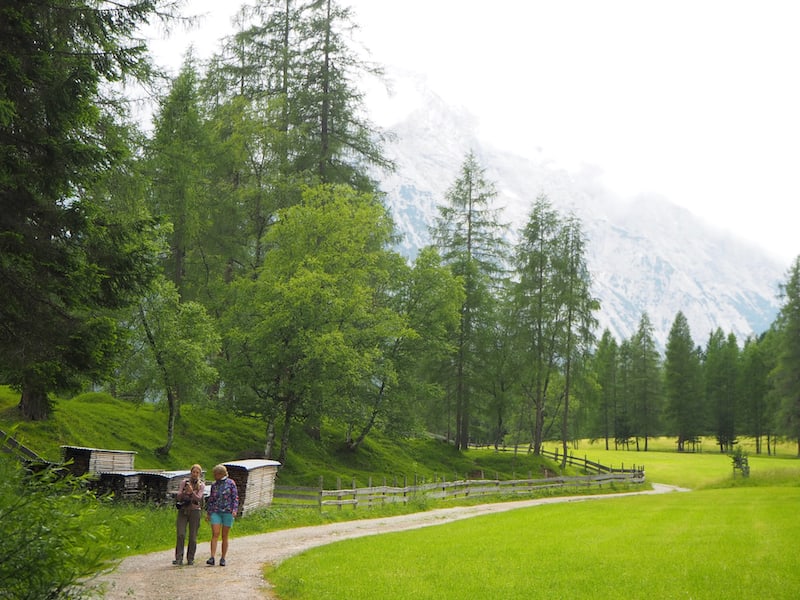
By the way, the hike only takes place during the summer months of June and July; it is best to register in advance via the tourist office or the Karwendel Nature Park.
Check out some more travel photos from the Region Seefeld, Austria’s first region to be awarded with the national eco-label:
Disclaimer: I have been invited by the Region Seefeld #TirolsHochplateau . All opinions are my own.
